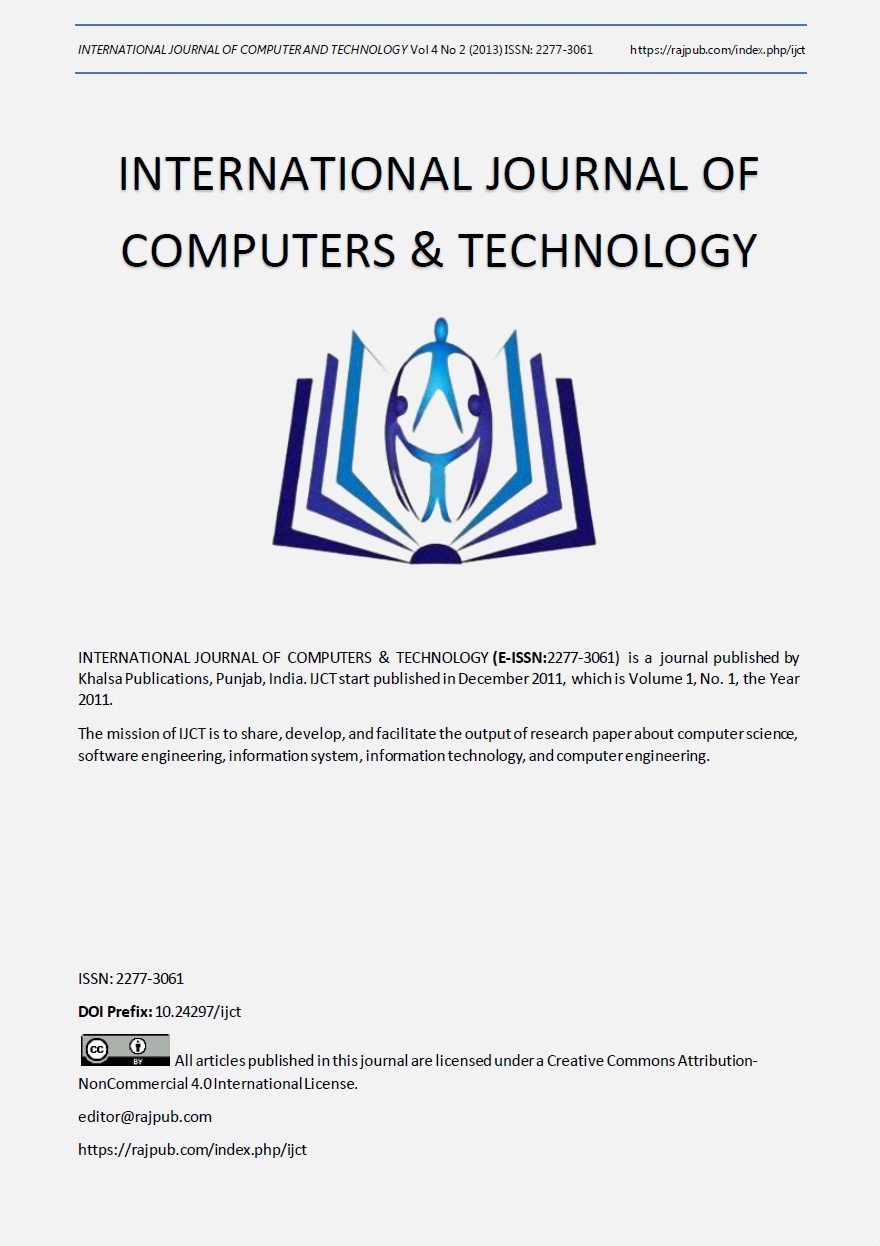Fuzzy Weighted Ordered Weighted Average-Gaussian Mixture Model for Feature Reduction
DOI:
https://doi.org/10.24297/ijct.v4i2C2.4192Keywords:
Gaussian Mixture Model, OWA, WOWA, Feature Reduction.Abstract
Feature reduction finds the optimal feature subset using machine learning techniques and evaluation criteria. Some of the irrelevant features are existed in the real-world datasets that should be removed by using the multi criterion decision approach. The relevant features are determined by using the WOWA criteria in fuzzy set. There are two important criteria are considered such as preferential weights and importance weights of features. These weights are used to find the irrelevant features and they are removed from the mixture. In this context, WOWA operator has the capability of assigning the preferential weights and important weights to the features. It helps to obtain the irrelevant, by selecting the relevant features using the weights in the feature reduction process. The objective of this paper is to propose a FWOWA approach helps to discard the irrelevant features by avoiding the overfitting and improve the accuracy of the cluster. The irrelevant features are determined by applying WOWA. By applying WOWA, the irrelevant features are examined and it is removed from the Gaussian Mixture using (RPEM). Â
Â









